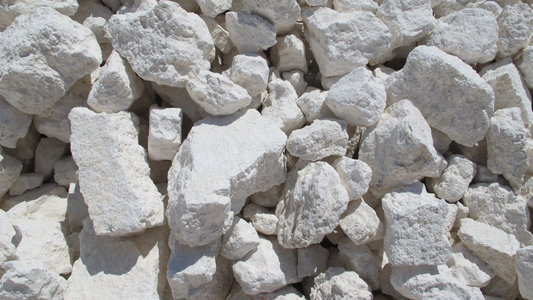TL;DR: Granular activated carbon (GAC) filters effectively remove organic chemicals, chlorine, and unpleasant odors from water, promoting healthier skin, hair, and overall wellness. They are essential for anyone looking to upgrade their water quality at home, especially if you suffer from dry skin, eczema, or hair dryness.
Understanding Granular Activated Carbon (GAC) Filters
Granular activated carbon (GAC) filters are an essential solution for improving water quality, especially for those concerned about skin and hair health. GAC filters remove certain chemicals, particularly organic contaminants and chlorine, from your water supply. The granular activated carbon (GAC) filters work by adsorbing impurities onto their extensive porous surface, vastly enhancing water purity.
How GAC Filters Work
GAC filters are crafted from organic materials like coconut shells or coal, which are heated to activate a highly porous surface. These pores trap a wide range of contaminants through a process known as adsorption. GAC excels at removing chlorine, pesticides, herbicides, volatile organic compounds (VOCs), and improving the taste and odor of your water.
What GAC Filters Remove
- Chlorine and chlorine byproducts
- Pesticides and herbicides
- VOCs (Volatile Organic Compounds)
- Hydrogen sulfide ("rotten egg" odor)
- Bad tastes and odors
However, it's important to note that contaminants like nitrates and heavy metals (iron, lead) may require supplemental filtration methods like reverse osmosis.
Types of GAC Filter Systems
Whole-House Filters (Point of Entry)
Whole-house GAC systems treat water as it enters your home, ensuring all faucets deliver purified water. This protects you from ingesting, inhaling, or absorbing harmful chemicals during activities like bathing or washing.
Looking for full home protection? Explore our Full Home Filtration system designed for complete household water safety.
Point-of-Use Filters
Point-of-use GAC filters are installed directly before a faucet or appliance, such as under-sink filters or refrigerator units. They are ideal for treating drinking and cooking water but won’t protect you during bathing.
For convenient filtration at the tap, check out the Nordisk Duschvattenfilter.
When to Replace Your GAC Filter
The lifespan of a GAC filter depends on contaminant concentration and water usage. Some filters may last for several years with low contaminant levels, but higher usage requires more frequent changes. Always monitor your water quality and follow manufacturer recommendations to prevent bacterial build-up.
Ensure consistent water quality with easy maintenance kits like our Maintenance and Replacement Bundle.
GAC Filters and Skin & Hair Health
For individuals with sensitive skin, eczema, psoriasis, or those experiencing hair dryness, GAC filters offer transformative benefits. By eliminating chlorine and organic contaminants, GAC-treated water is gentler on your skin and hair, helping to:
- Reduce dryness and irritation
- Prevent brittle, damaged hair
- Maintain vibrant color in treated hair
- Enhance natural skin hydration
Learn more about how chlorine in shower water affects hair and skin.
GAC vs. Other Filtration Methods
While GAC filters excel at removing organic compounds and chlorine, they are often paired with technologies like reverse osmosis (RO) for comprehensive purification, especially when dealing with heavy metals or nitrates.
For an advanced multi-stage system, discover our Nordisk Renhet Wellness Kit, combining GAC filtration with additional protective technologies.
Conclusion: Is a GAC Filter Right for You?
If your concerns include unpleasant water taste, odors, or skin and hair irritation, granular activated carbon (GAC) filters are an excellent solution. For maximum health benefits, consider integrating GAC filtration as part of your household water treatment strategy.
Need help deciding which filter system best suits your needs? Visit our FAQ page for expert advice.






